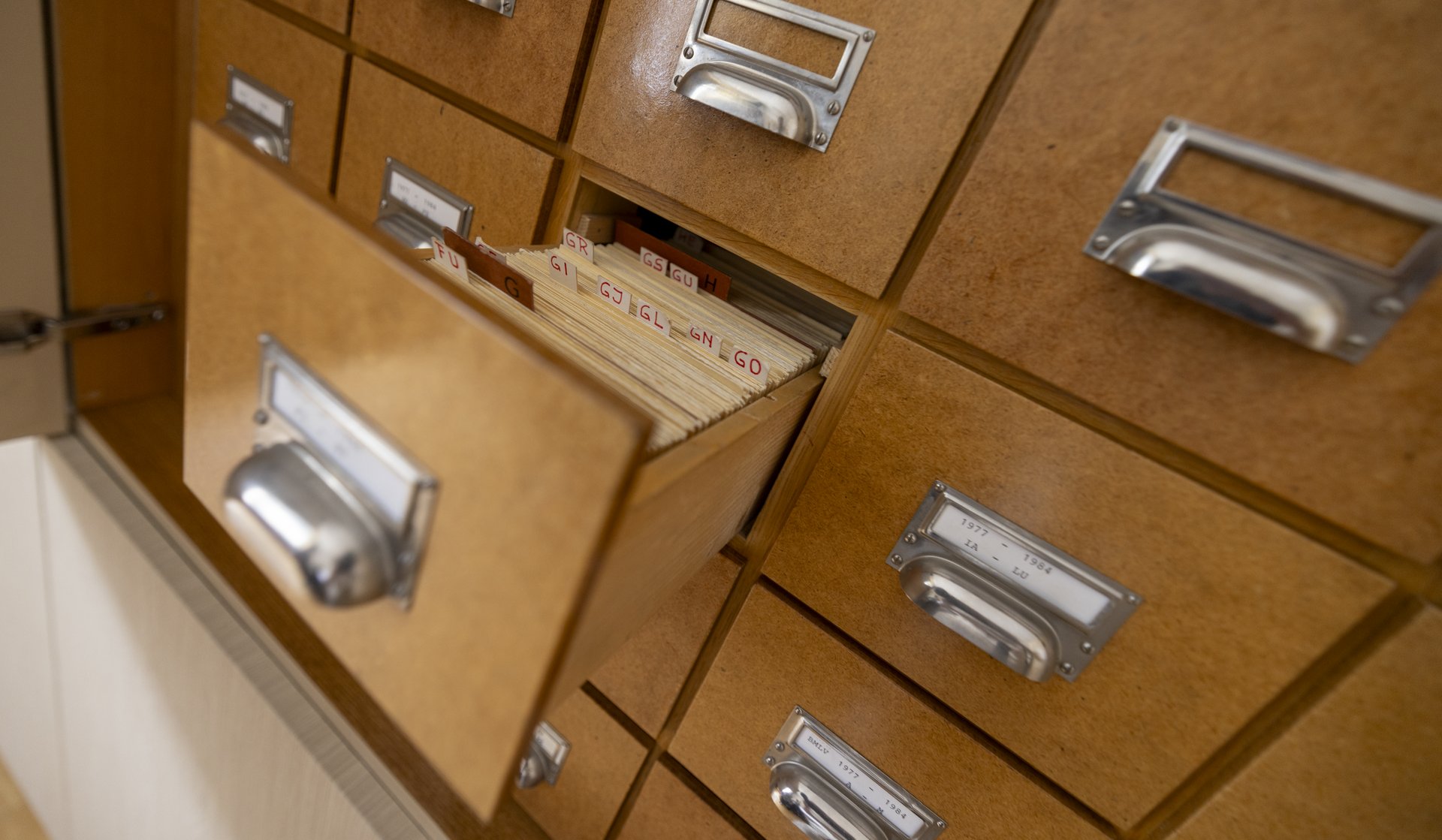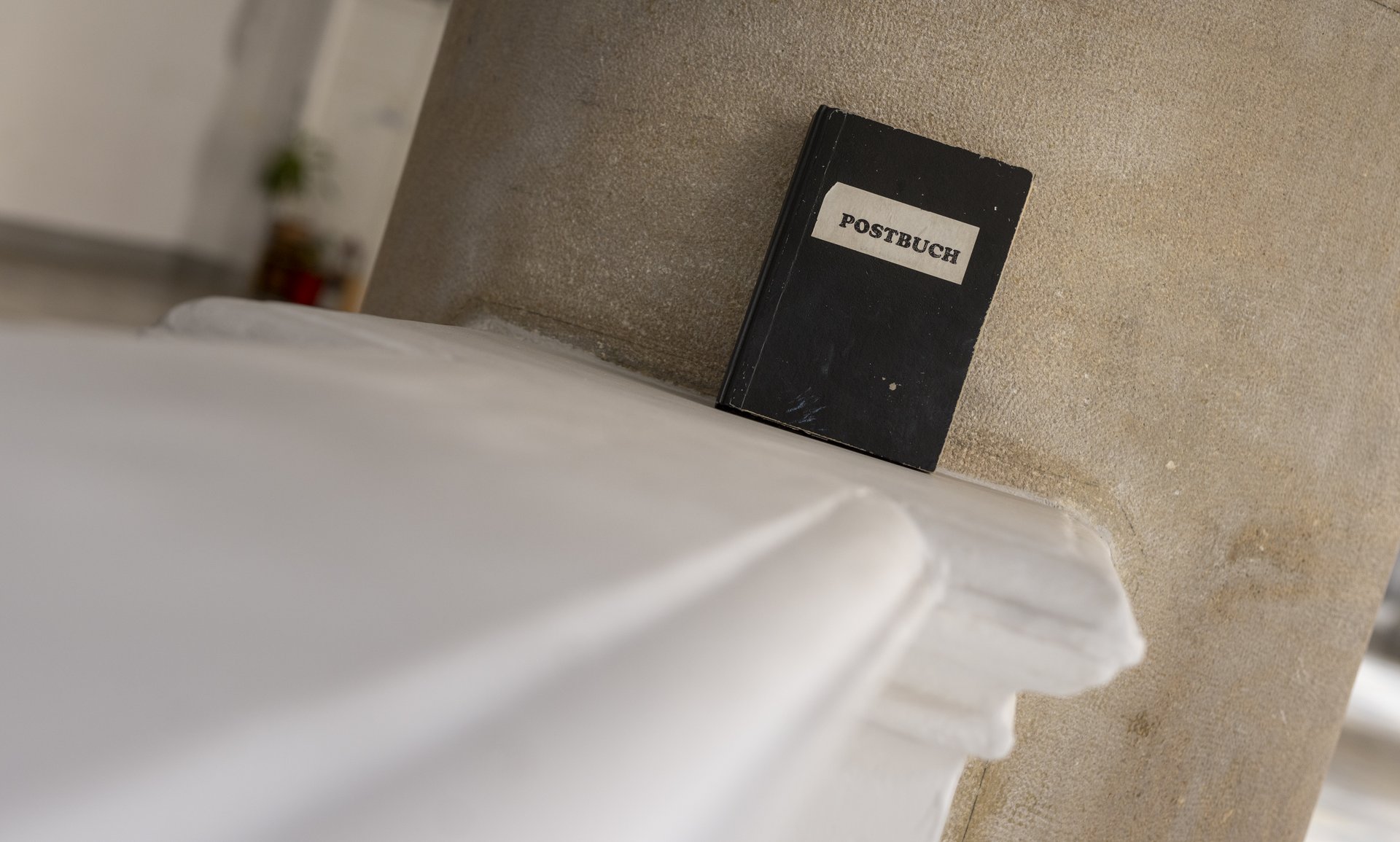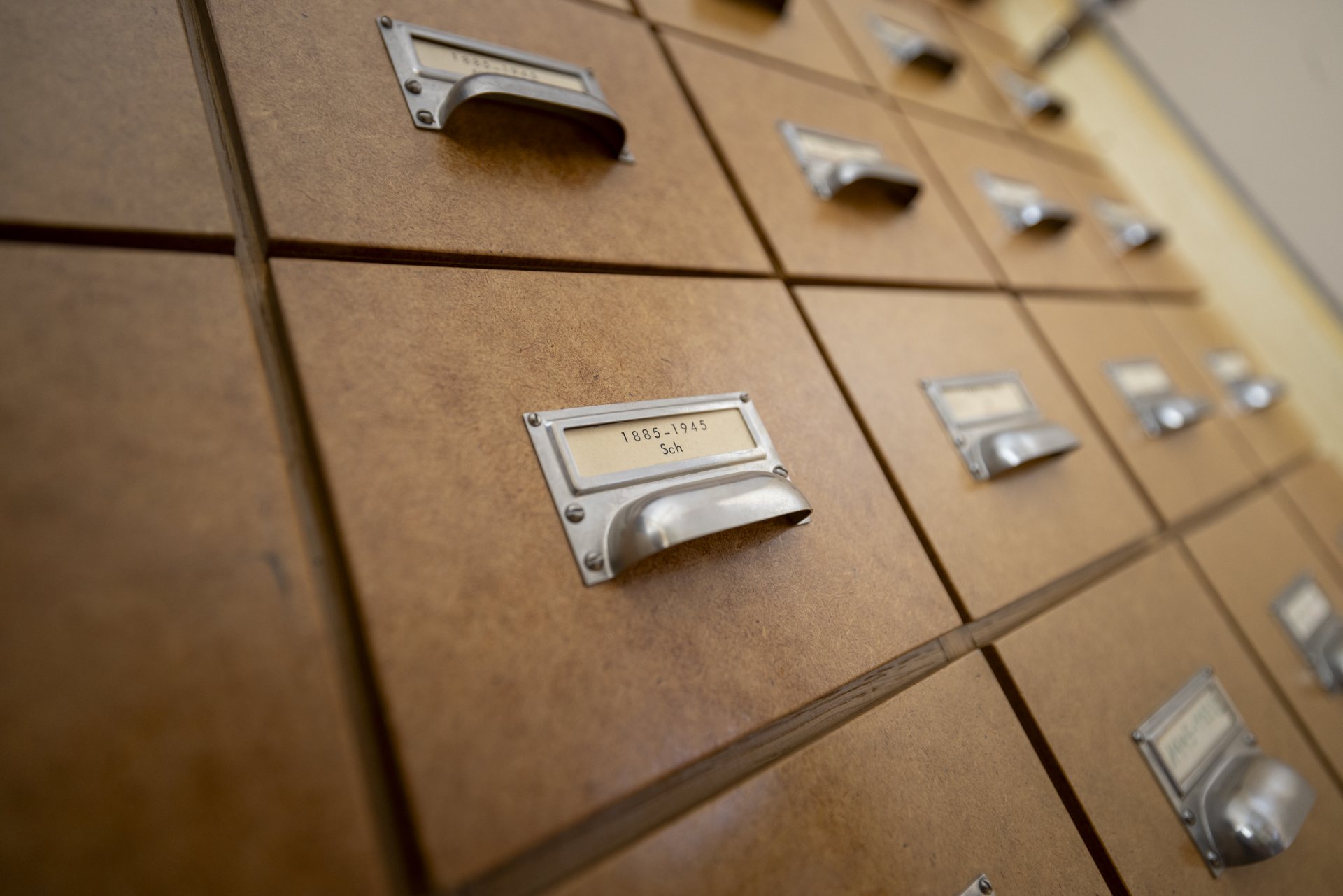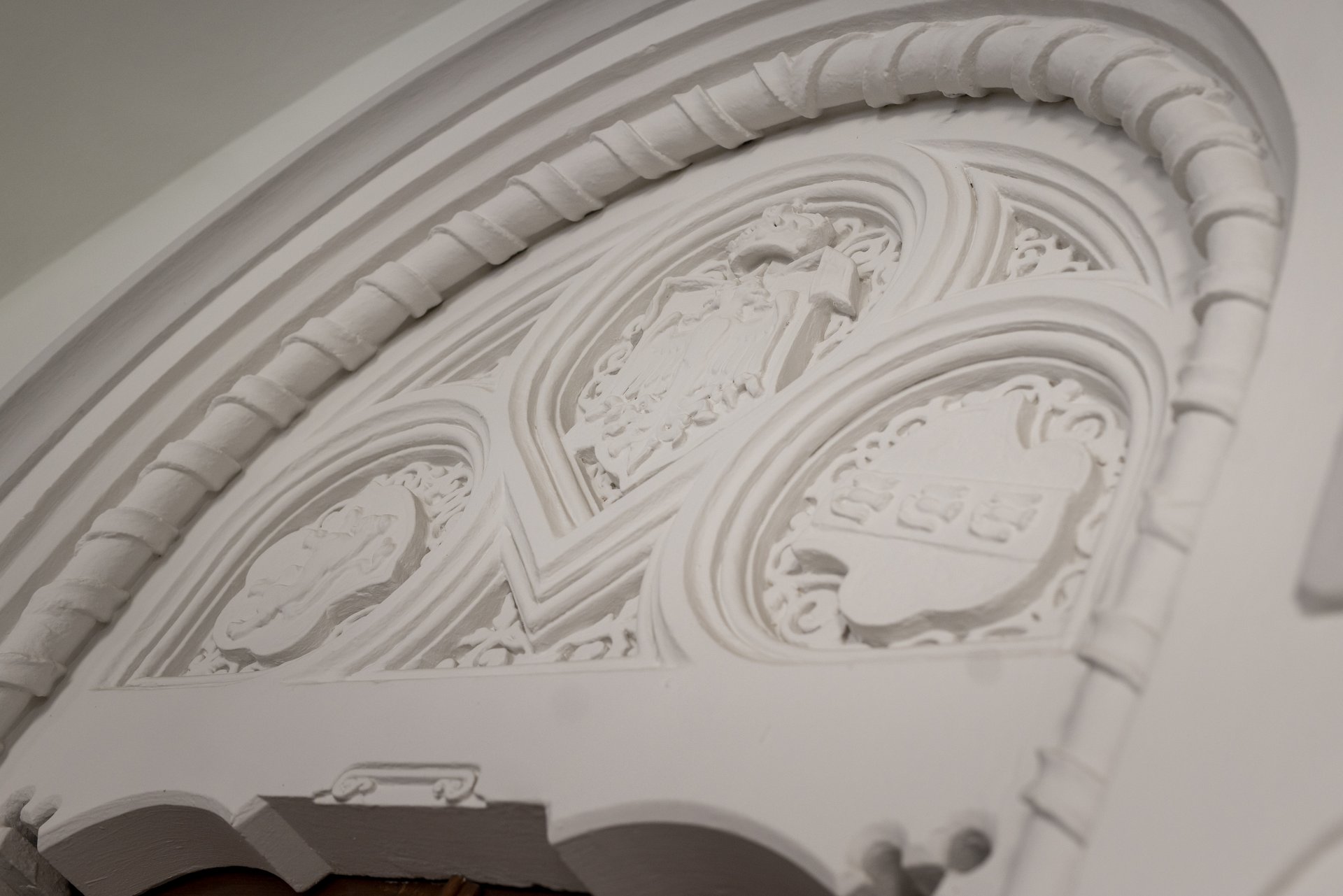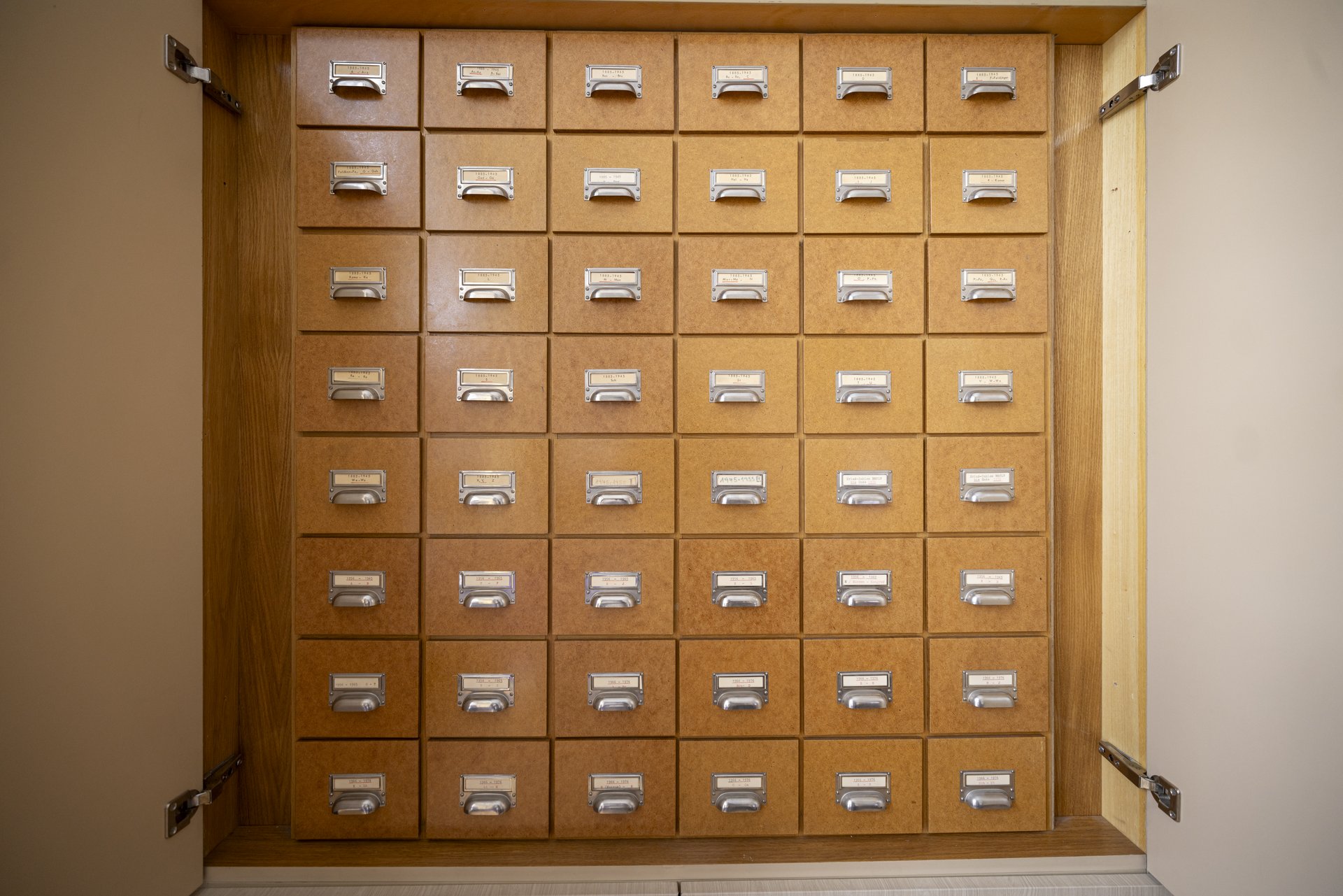Provenance Research
Provenance research and restitution at the Museum of Military History
Researching the provenance of objects in a collection, in the sense of analysing their origin and former ownership, is one of the core tasks of every museum. However, one specific field of provenance research deserves particular attention: research into assets unlawfully seized during the National Socialist era.
The Art Restitution Act
The increasing awareness that their restitution in the years after 1945 was incomplete led to the adoption of the so-called "Art Restitution Act" in 1998 (Federal Law Gazette I No. 181/1998; amendment Federal Law Gazette I No. 117/2009). This aims to ensure that art and cultural artefacts that came into the possession of the federal government as a result of persecution and expropriation by the Nazi regime in the years 1933 - 1945 or as a consequence of this after 1945 are to be restituted to the original owners or their legal successors.
According to the Art Restitution Act, various circumstances are attributed to the persecution and seizure of property during the Nazi era and are considered the basis for restitution. In addition to the direct seizure through confiscation, this also includes all acquisitions against payment and without payment by persons who were subjected to persecution by the Nazi regime, even if the initiative for this came from the persecuted persons themselves. Also to be restituted are objects that have been purchased in the art trade since 1933, but which had previously ended up there due to persecution by the Nazi regime. The Art Restitution Act also covers all those objects that have already been restituted after 1945 but were then subject to an export ban by the Federal Monuments Office and finally transferred to federal collections through dedication or purchase. However, the purchase of such objects has only been covered by the Art Restitution Act since its amendment in 2009.
Provenance research
In order to achieve the purpose pursued by the law, intensive research is required in the respective federal museums and collections that administer federally owned art and cultural assets. The representatives of these institutions therefore research the origin of the objects in question and, within the framework of the "Commission for Provenance Research" established in 1998, draw up the basis for decisions for the "Art Restitution Advisory Board" created in the same year. After examining the facts of the case, this committee makes recommendations to the responsible minister regarding the restitution of the objects.
The HGM/MHI has been involved in the work of the Commission for Provenance Research according to the "Art Restitution Act" since 1998 and has been able to build on previous basic research and investigations into the provenance of questionable collection objects.
Provenance research and restitutions at the HGM/MHI
Between 1945 and the passing of the Art Restitution Act, the HGM/MHI had already restituted 22 objects obtained I been submitted to the Commission for Provenance Research. A recommendation for restitution was issued in eleven cases, a decision against restitution was made once and no recommendation was issued in six cases because no such recommendation was necessary. Since 1998, 839 properties have been returned to their rightful owners on this basis. Forty-two objects are currently available for restitution, which can take place as soon as the heirs have been successfully identified.
The cases investigated so far at a glance
Objects from confiscated collections:
Oskar Bondy
Emilio von Hofmannsthal
Albert Pollak
Alphonse von Rothschild
Franz Ruhmann
Objects purchased from persecuted persons:
Eduard Epstein
Hanns Fischl (Advisory board resolution)
Siegfried Fuchs (Advisory board resolution)
Saul Juer (Advisory board resolution)
Albert Klein (Advisory board resolution)
Objects that were already restituted once after 1945:
Viktor Ephrussi
Provenance research has also identified several objects that could be labelled as "ownerless property". These objects demonstrably originate from property seized by the Nazi regime, but can no longer be assigned to a specific and verifiable provenance. Nevertheless, in order to locate any previous legal owners or their heirs, the objects are published via the relevant art database of the National Fund of the Republic of Austria.
Art Database of the National Fund of the Republic of Austria for Victims of National Socialism
The results of Austrian provenance research are made accessible in the "Encyclopaedia of Austrian Provenance Research". The Museum of Military History contributes to the Encyclopaedia of Austrian Provenance Research:
Lexicon of Austrian Provenance Research
Further information on provenance research within the framework of the "Art Restitution Act":
Commission for Provenance Research
